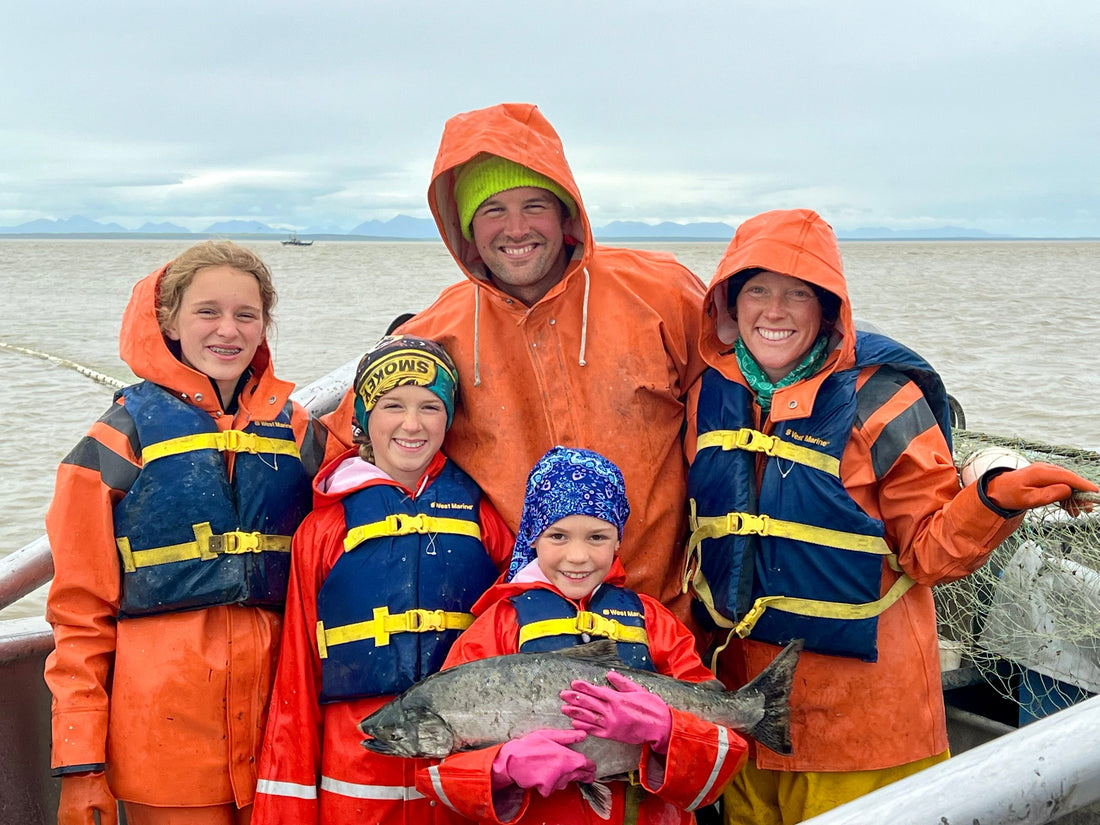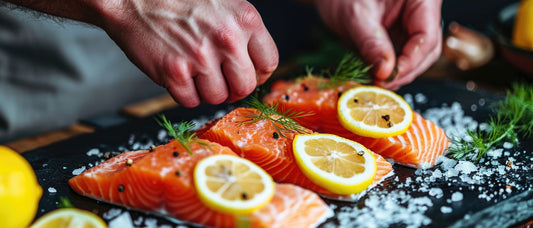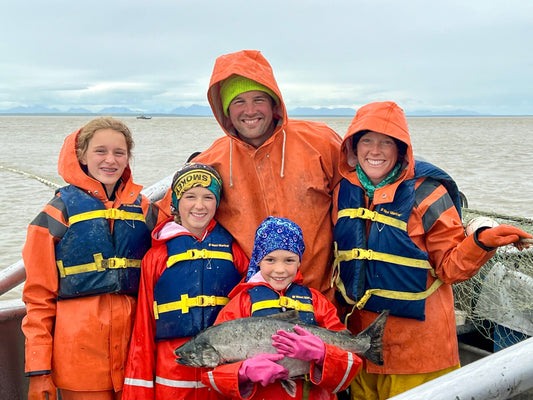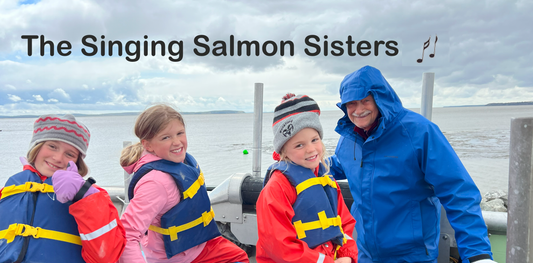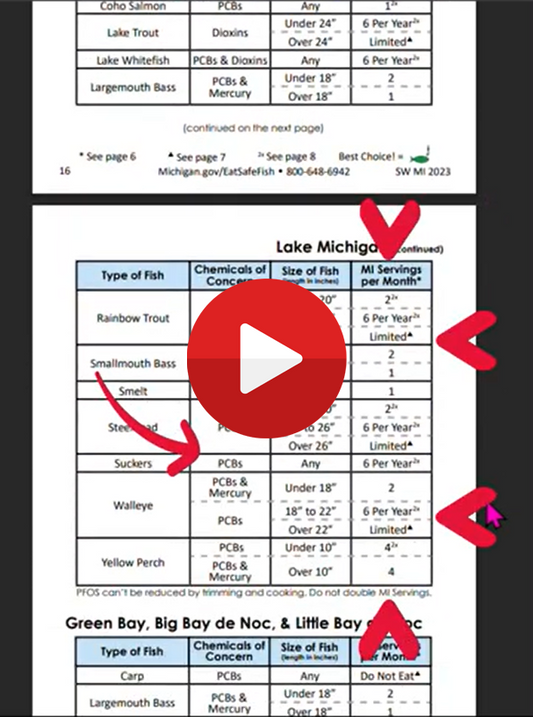By Capt. Luke Owens – Net to Table Seafoods
When I tell people I fish in Bristol Bay, Alaska, they often picture calm waters, postcard sunsets, and a salmon or two leaping gracefully in the distance. The truth is… it’s a lot wilder than that.
This past July, I was running my small boat below the mouth of Queens Slough, where the main Bay current and slough current meet, when the tide turned hard against the wind. The surface of the water went from manageable to chaotic in minutes. It’s the kind of shift that can take you from sipping coffee to hanging onto your hat real quick. My crew and I adjusted the nets, timing our moves between the surges, hoping the salmon would ride the tide into our gear.
Here’s the thing most folks don’t realize: Bristol Bay salmon fishing is almost entirely tide-driven. Salmon are programmed to ride incoming tides toward their spawning rivers. If you’re not in the right place at the right time—when that tide flips—you can miss your entire shot for that tide.

This season was especially meaningful because I wasn’t just fishing for the year’s catch—I was fishing alongside my family. My dad, who instilled the love of fishing in me in the first place, was there running his skiff and crew. My wife joined in the work, just as she has for years, steadying the boat and the crew in her own way. And my kids—wide-eyed and eager—got their first real taste of the Bristol Bay rhythm, learning when to pull, when to pick, and when to simply stand in awe of the wild around them.
There’s a common myth I like to bust: that “wild-caught” salmon are simply scooped up wherever we find them. In reality, catching salmon—at least the way we do it—is more like a chess match than a lottery. It’s about reading the weather, studying fish patterns, knowing the tides and currents, and working with nature’s clock, not against it.

When the nets came up that day, the silver flash of sockeye was a welcome sight. Every fish in those nets was wild-born, never farmed, never penned—just pure Alaska, on their way home to the rivers that raised them. And for me, each one carried something more: the weight of tradition, the joy of family, and the deep satisfaction of knowing we’re passing along more than just a skill—we’re passing along a way of life.

